With two weeks left of Yuletide Village, many of us are excited to celebrate the midwinter season with our holiday of choice. Family traditions often go back generations, connecting with cultural expectations throughout the world and adding a sense of familiar comfort to the festivities. However, if you’re looking to bring a bit of the Tudor-era Twelfth Night into your home, there are a few things you should know before you get started.
Decked with Holly & Ivy
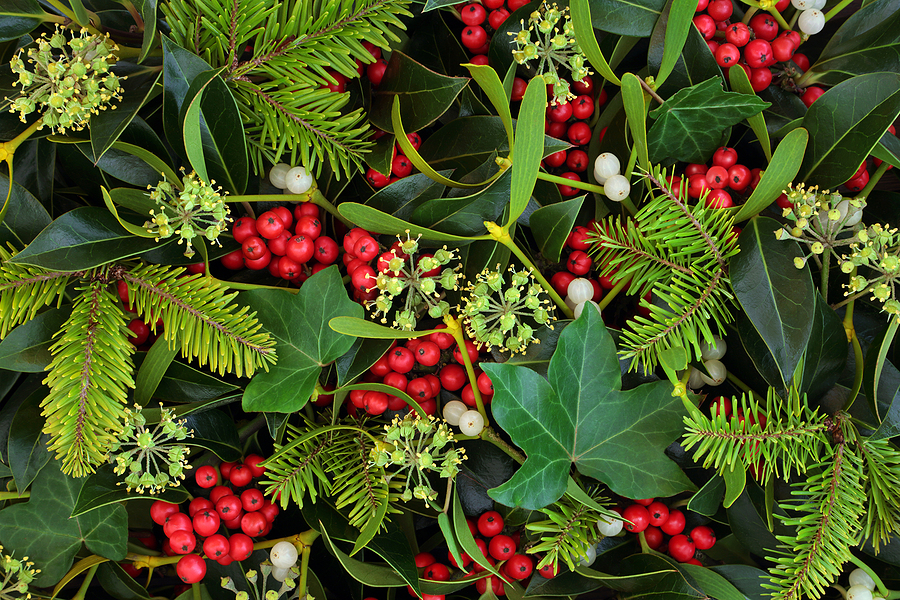
Forget tinsel and plastic bulbs, Tudors used the vibrant, natural greenery that existed close by to decorate their homes. Holly and ivy were reliable evergreens, as their broad leaves and rich green hues would last for the twelve-night-long revelry that took place throughout England. Yew branches, with their little red berries (which are highly toxic), were brought inside, adding a dash of color to the home. Bay leaf and rosemary were also dried and added to the décor, their pungent, herbaceous aroma a delightful reminder of the spring that would come.
12 Days of No Work
These days we may get a day off work to celebrate Christmas. During the Tudor Era, Twelfth Night lasted from Christmas Day all the way through January 6th, offering a healthy respite from the strenuous labor required during the time. Working was quite literally forbidden, with strict penalties surrounding any kind of work beyond what was absolutely necessary, such as feeding livestock or your family. A popular custom among women was to decorate their spinning wheels with ribbons, evergreen, and flowers to render them unusable until after the festivities.
Yule Log
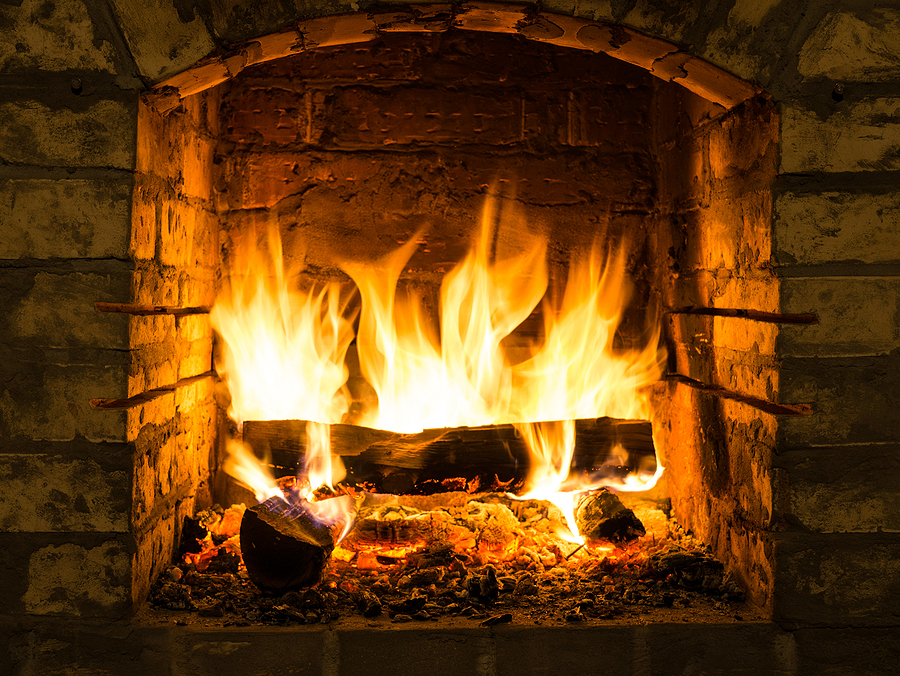
As with many holiday traditions, the Yule Log can be traced back to the Norse traditions of the Scandinavian and Germanic peoples long before the Christian Christmas existed. But the symbolism of warmth, comfort, and hope transcends religious differences and continues down through the centuries. A Yule log would be collected the night before Christmas, decorated with ribbons, and placed in the hearth where it would burn for the whole of Twelfth Night. It would have to be a healthy-sized log to burn that long, but it also negated the chore of chopping wood so no one would risk breaking the law.
Wassailing
On the third day of Twelfth Night came the Feast of St. John, who among other saintly attributes was said to have become drunk on a goblet of poisoned wine without succumbing to illness. To celebrate, people drank. A lot. While the wealthy and affluent could afford expensive, imported wines, the average person made do with thick ale or crisp cider that had been heated with spices and apples. Wassailing took two forms; in one, a large bowl would be filled with the seasonal concoction and passed around to every member of the household, starting with the host, as a means of wishing good health to friends and family alike. The more familiar Wassailing would involve peasants traveling from door to door, singing to those inside to give them food and drink in exchange for wishes of goodwill.
Boars Head and Mince Pye
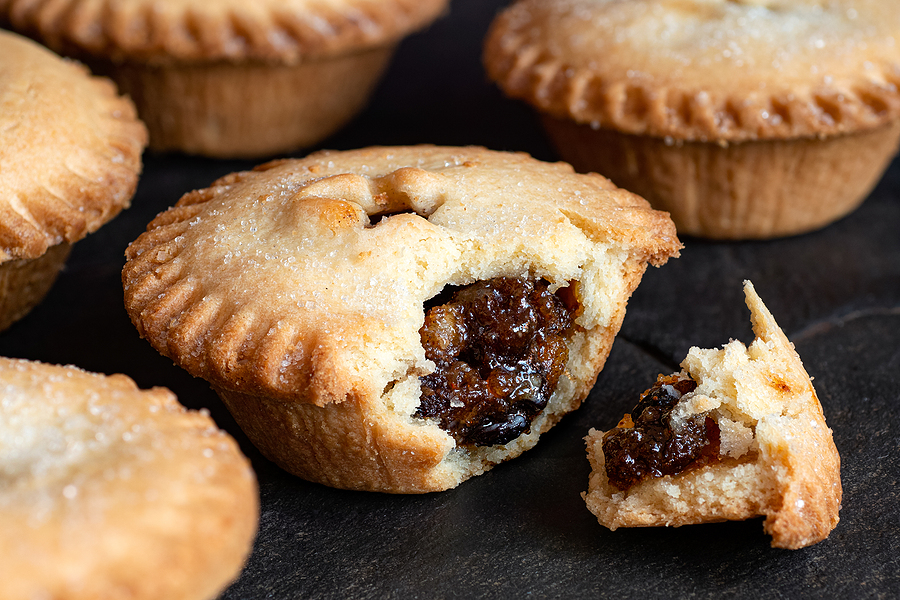
It should come as no shock that Henry VIII was a man with an immense appetite, and so he set high expectations of his chefs. While meat was not a part of the Tudor peasant’s daily diet, they were a mainstay of the wealthy, especially during this celebration. Henry VIII was an avid hunter, especially of boar, and took great pride in providing the massive pig for the royal feasts with the head being specially decorated for presentation. Mince Pye was served in a coffin, (a heavy, thick pie crust), stuffed to the brim with lamb meat, suet, spices, and dried fruit before being baked and eaten. Some were even decorated as a manger with a little pastry Jesus on top!
Charity
Charity was expected from those with means to those without during the celebration of Christmas. The Feast of St. Stephen marked this occasion on December 26th, prompting folks to give to those in need. Alms were given in church, and leftovers from rich feasts were given out in ‘dole’ to those who were decked with poverty. Landowners would give gifts to their tenants as a gratitude for all their hard work, and affluent households would host dinner parties for their poorer neighbors. To do anything less was considered to be very miserly, and unbefitting for the Christmas holiday.
Kissing Bough
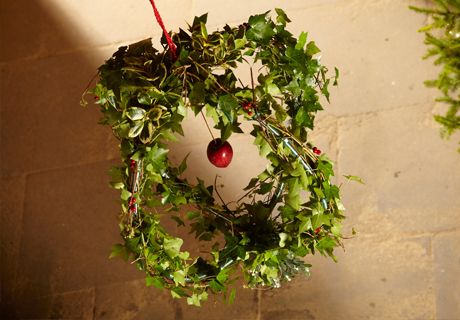
Along with rich greenery decorating everything, the tradition of the Kissing Bough gained massive popularity around this time, which would eventually give way to the tradition of the mistletoe. A kissing bough was constructed by making two intersecting wooden hoops which then formed into a sphere, decorating them with holly and bay leaf, and hanging a sprig of mistletoe from the middle. These were hung in doorways to welcome guests, as the traditional method of greeting often involved a kiss in salutations.
Lord of Misrule
Mayhem and misrule were to be expected during this festive season; with the rowdy celebrations reaching such a height that the whole holiday would later be put under strict legal restrictions by Oliver Cromwell in 1645. In the Tudor era, however, this resplendent sport was considered a necessity, with a Lord of Misrule being duly elected to oversee the party. And oversee they did! This job was part jest, part actuality, with the elected Christmas official organizing feasts, entertainment, and ensuring that everyone was having a grand time. The Lord of Misrule even had a certain degree of authority over his social betters, in which he could demand donations from them to keep the party going. This tradition harkens back to the Roman Saturnalia, during which slaves were treated to a banquet and encouraged to participate as though they were equals.
Mumming & Masques
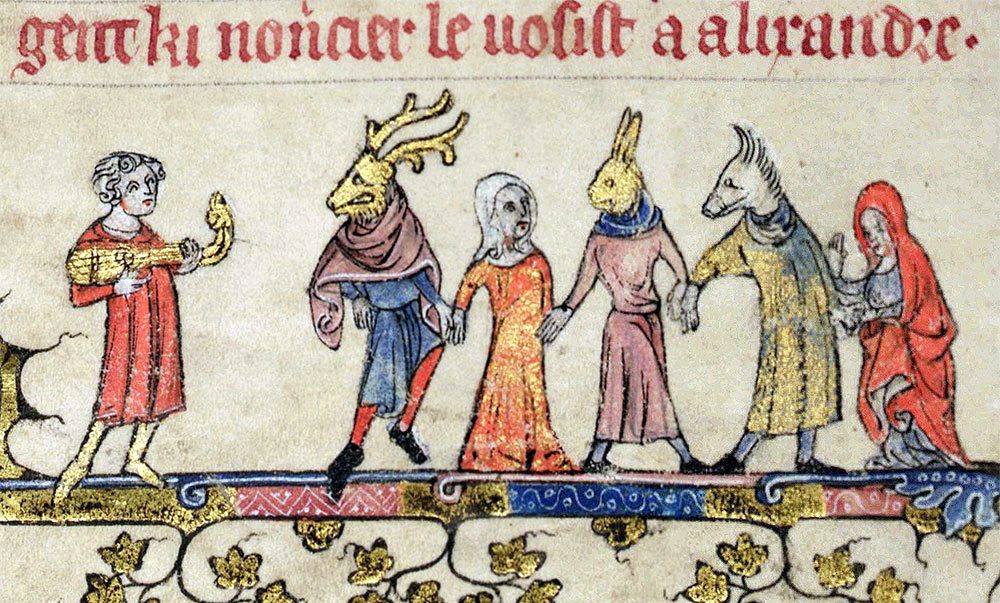
Mumming was a popular form of entertainment year-round, but Christmas plays became a tradition with villagers putting on cobbled-together masks and performing for their friends and neighbors. They would gather together and go to taverns, houses, and village squares with a ribald display of singing and dancing, even performing short morality plays, in exchange for food and drink. It was expected that their host try to identify who was hidden beneath the mask, after which everyone was invited in to feast together. Gambling was often a part of these scenarios, in which weighted dice were used to extract money from well-to-do hosts. This was well understood as a part of the fun, and it was rare for anyone to object to the obvious display of cheating.
Games & Sports
The life of a Tudor peasant was by no means easy. They worked almost non-stop, not merely as a means of earning money, but out of sheer necessity for survival. There was little time for fun and games outside of the Christmas holiday, never mind the fact that Henry VIII passed a law which would fine common folk for playing out of turn to prevent moral turpitude. But Christmas was a time of special dispensations, allowing peasants to participate in activities that were usually reserved for the rich. Tennis, bowls, dice, and cards were popular and a pleasant way to spend the rare downtime available.
